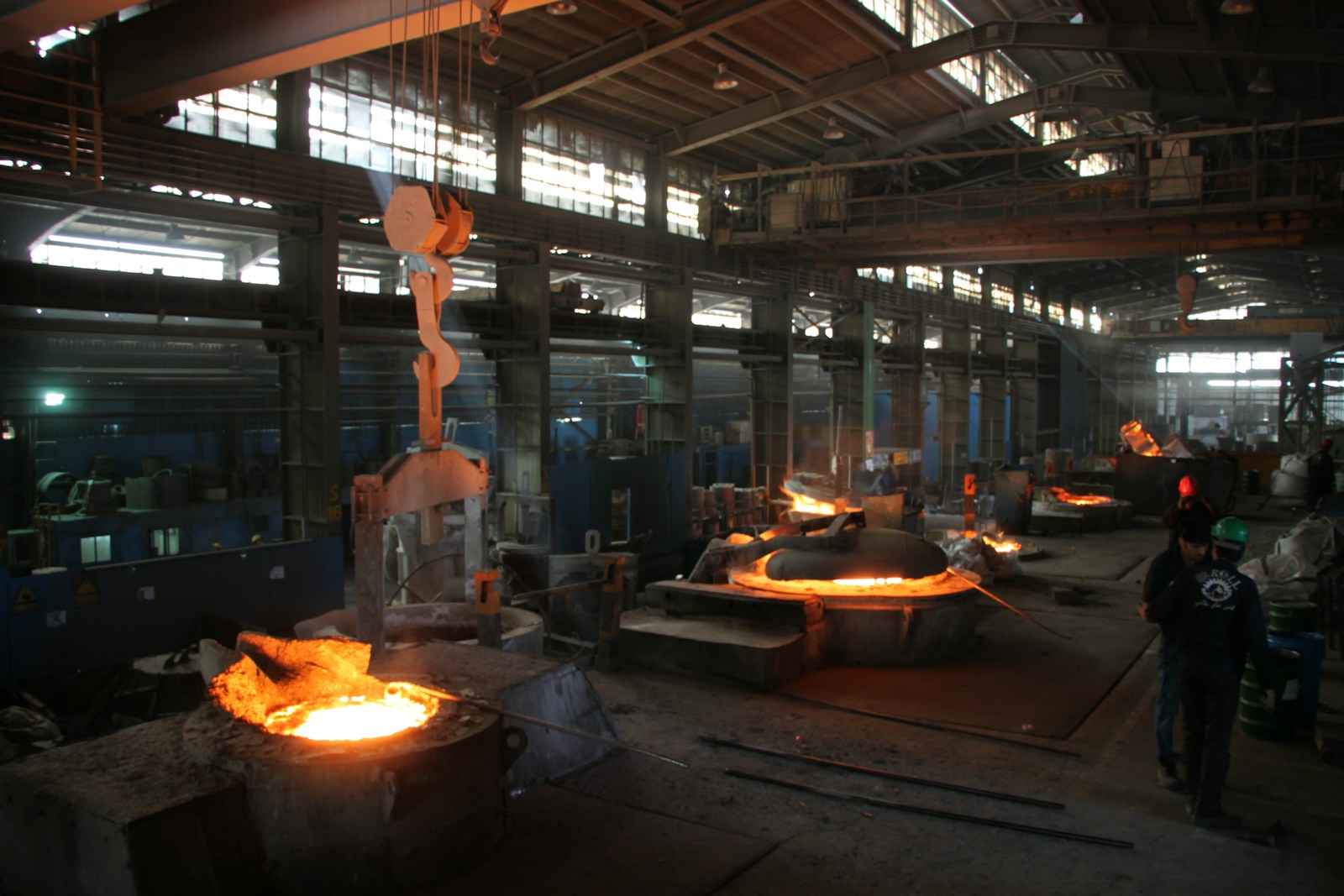A digital roadmap has been produced signposting how to fast-track net zero across one of the most polluting sectors in the country.
Developed by academics at the University of Warwick, the tool is based on research to identify the biggest and most urgent barrier to adopting Industrial Digital Technologies across in Britain’s steel ecosystem. The industry currently comprises over 1,100 companies contributing £2.3billion to the national economy, and faces mounting pressure to deal with its huge carbon footprint.
The report argues that technologies could be better leveraged to support these firms achieve greater energy and resource efficiency. Presenting a seven-layer hierarchical framework which maps interdependencies between 12 major obstacles — from investment uncertainty and skills gaps, to regulatory challenges and climate impact — the work presents policy makers with a series of priorities for legislative changes.
‘Our research provides targeted, actionable recommendations that empower decision-makers to focus their efforts where they’ll have the greatest impact,’ said Dr. Ibn-Mohammed. ‘A strategic blend of policy reform, technological innovation, organisational change, and smart economic planning is key to overcoming these barriers and building a greener, more competitive steel industry.’

The findings were welcomed med at the Iron and Steel Technology Conference — AISTech — held recently in the US. As a result of industry response, plans are underway to produce a dedicated practitioner’s report to inform strategy and promote cross-sectoral collaboration.
Methodologies could also be applied to other areas of material manufacturing with high carbon output, such as ceramics and glass. The efforts are supported by InterAct, a Made Smarter Innovation-funded network of economic and social scientists, companies, policymakers and digital tech providers.
‘This is the first empirical analysis of its kind to map the causal relationships between barriers to IDT adoption,’ said the University of Warwick’s Dr. Aitana Uclés Fuensanta, the project’s lead researcher. ‘Our insights will enable stakeholders to prioritise action, share best practices, and drive meaningful progress toward net zero.’
Image: Morteza Mohammadi / Unsplash
More Energy & Net Zero:
Clarity needed on pension fund-owned commercial and industrial solar rules
ISDS claim against British taxpayers begins following Cumbrian coal mine block
BE100 climate tech startup competition launches

